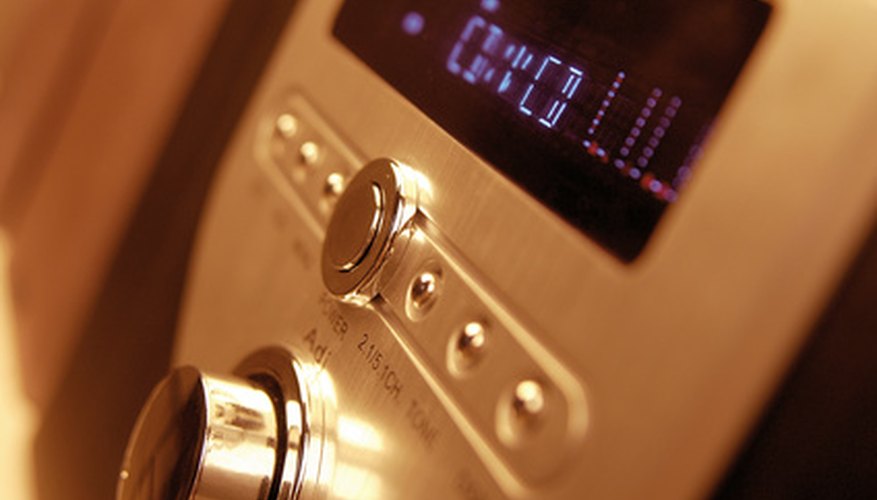Digital amps, also known as Class-D amplifiers, have become more popular because of their high efficiency--they create more sound at lower power levels. Because these amps require less power, they also generate far less heat than other types of amplifiers, cutting both price and weight while making them more desirable for installations where air flow is limited. All advantages come at a price, though, and the increased efficiency of Class-D amps also creates a number of disadvantages.
Tougher Design Demands
Class-D amps are switching amps. The signal is either on or off, not constant as it would be in an analogue system. Because of this feature, sound quality is an issue. To make sure the full frequency range of the sound is reproduced without distortion, designers must sometimes use elaborate switching designs and filters to get an acceptable sound. The success of these systems depends on engineers making the right trade-offs in the right areas, and the necessary design complexity makes that more difficult than with other classes of amplifiers.
- Class-D amps are switching amps.
- The success of these systems depends on engineers making the right trade-offs in the right areas, and the necessary design complexity makes that more difficult than with other classes of amplifiers.
Compact Layout
Because of its "all-or-nothing" nature, digital sound reproduction requires extremely rapid signal switching to reproduce sound accurately. Given the speed of sound, even the short distances between components in a circuit become a major factor in the design of a Class-D amp. Traditional circuit board construction is, by its nature, far too "spread out" to create a "speedy" design. There are limits on just how close the components can be placed without weakening the board and making it too difficult to create clean connections between them.
- Because of its "all-or-nothing" nature, digital sound reproduction requires extremely rapid signal switching to reproduce sound accurately.
- Traditional circuit board construction is, by its nature, far too "spread out" to create a "speedy" design.
Special Components
It is not enough to put components close together. Given the extremely fast switching necessary to get high-fidelity digital sound, every unnecessary millimetre of travel must be eliminated. This means parts need to be as small as possible, so they can be placed as close together as physically possible. But even this is not enough; even the length of the leads on the components must be kept as short as possible. Traditional "through the circuit board" mounting techniques leave the leads far too long for this technology, so the components need to be specially-made surface-mount devices (SMD) as well.
- It is not enough to put components close together.
- But even this is not enough; even the length of the leads on the components must be kept as short as possible.
Not a DIY Option
Many hobbyists enjoy building their own custom amplifiers for special projects. Although it may not be a consideration for the typical consumer, these home builders will find Class-D amplifiers to be virtually impossible to build. Although they may be able to master the intricacies involved in the design of a quality Class-D amp--indeed, many do-it-yourselfers would enjoy the challenge--the specialised components and construction techniques required to make those designs work put a high-fidelity Class-D amplifier project beyond their capabilities.
